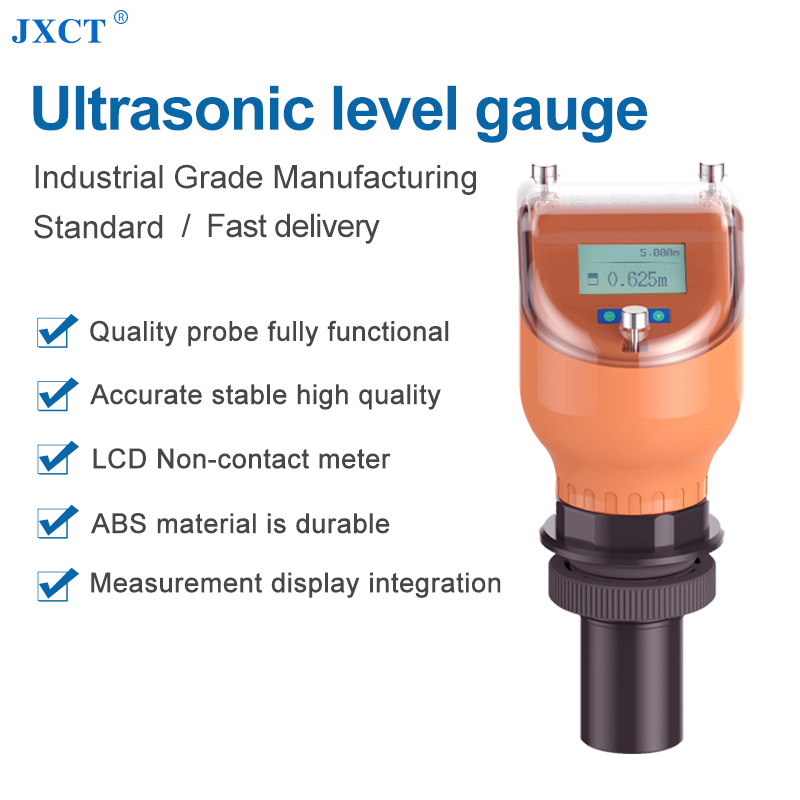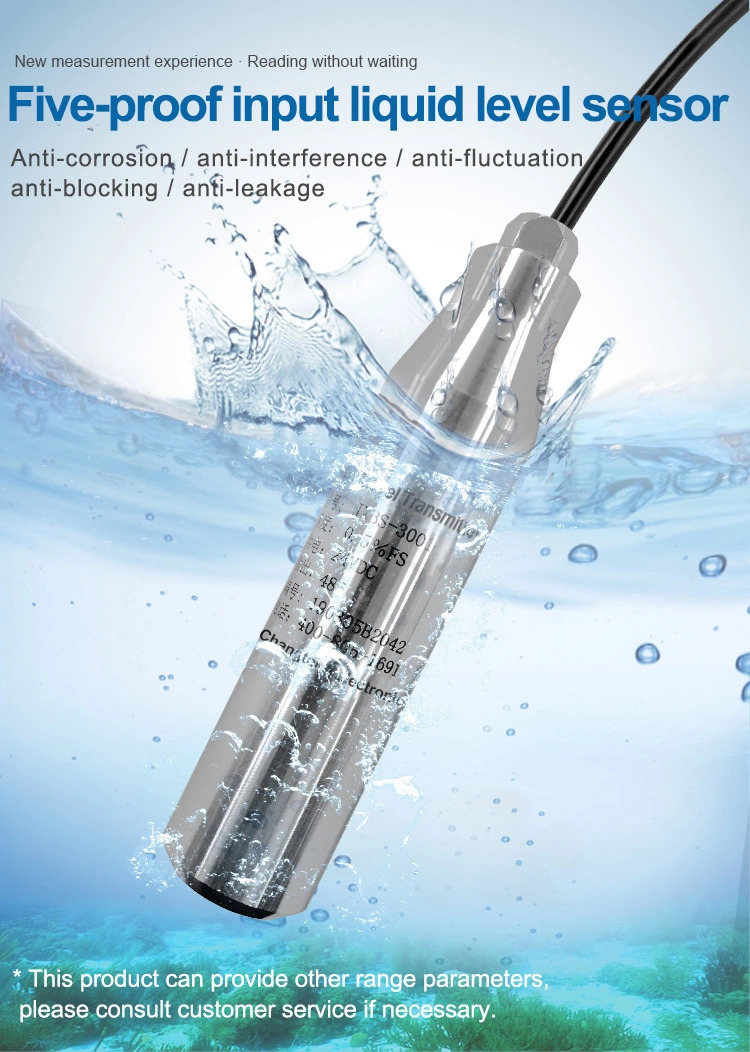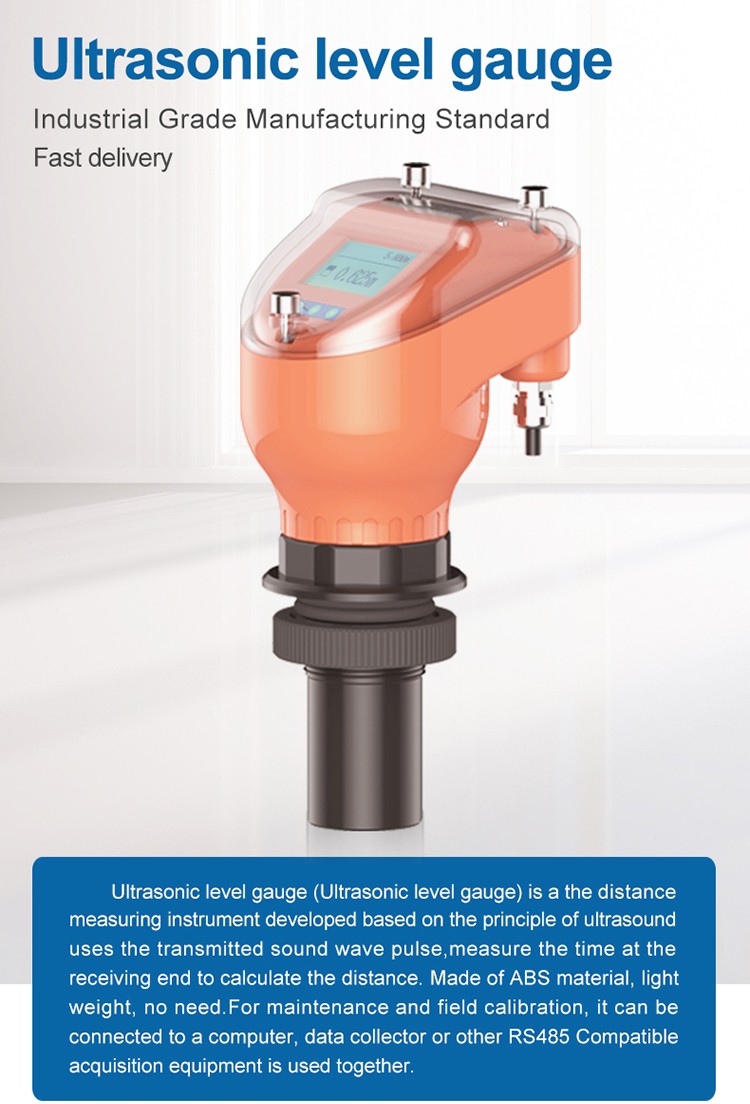
Photoelectric liquid level sensor related product questions
Liquid level sensor is a common sensor to measure the position of liquid level. It converts the height of the position into an electrical signal for output.

Liquid level sensor is a common sensor to measure the position of liquid level. It converts the height of the position into an electrical signal for output.
Liquid level sensor is a common sensor to measure the position of liquid level. It converts the height of the position into an electrical signal for output. The following through this article with you to understand the photoelectric liquid level sensor in the application of liquid level sensor and related products.
Photoelectric liquid level sensor is also a switch that can be used to measure liquid level. It uses an optical way to detect the existence of liquid level. Its principle is to detect the level of liquid level according to the reflected light received by the internal receiving tube through the optical reflection principle. When the sensor head is in anhydrous state, the light is reflected directly and the receiver. When the sensor head is covered with liquid the light is refracted and little or no light is reflected back to the receiver inside the sensor.

Photoelectric liquid level sensor has nothing to do with the temperature, pressure, density, electrical parameters and other characteristics of the medium, so the liquid level detection is accurate, high repetition accuracy, fast response speed, and the liquid level control is very accurate.
On the other hand, all the internal components of the photoelectric liquid level sensor are resin casted. There are no mechanical moving parts inside the sensor, so the sensor has high reliability, long life and maintenance-free. The sensor can also be installed without debugging and calibration, and can be applied directly. JXCT provides a wide range of liquid level sensors designed for industrial applications where heavy loads are required. You can select an appropriate sensor based on the liquid level environment to be detected.

Through the above to understand the basic knowledge of photoelectric liquid level sensor, let's talk about the photoelectric liquid level sensor in the detection of the level of the problem and the solution.
1, photoelectric shortcomings can be adopted to avoid solving?
The problem of corrosive liquid can be solved by replacing the PSU material probe;
Water droplets hanging on the wall can be treated with technology; Liquid level fluctuation can be solved by adding anti-shake logic in the program;
Infrared may cause sensor misjudgment, which can be avoided by using a hood or mounting the probe downward.
2. Is the use of photoelectric liquid level sensor more cost-effective than floating ball liquid level sensor?
There are mainly differences between the price, installation, stability, precision measurement, precision measurement environment. Floating ball installation process is complex, low precision measurement, poor stability, floating ball easily stuck, detection environment is limited, but the price is cheap. Photoelectric detection precision is high, can be applied in a wide range of environments, but also can be installed in multiple directions, and the installation process is simple, strong stability, but the price is more expensive than floating ball liquid level sensor. In terms of price, floating ball type is cheaper, but considering photoelectric liquid level sensor can save cost more, such as simple installation process, more can save installation time; Strong stability, later maintenance is easier.
3, photoelectric liquid level detection accuracy, how much the working temperature can reach
Photoelectric level meter level accuracy can be controlled in ±0.5mm; Photoelectric liquid level gauge generally detect operating temperatures ranging from −20 °C to +80°C, but integrated photoelectric level sensors cannot directly detect boiling water.